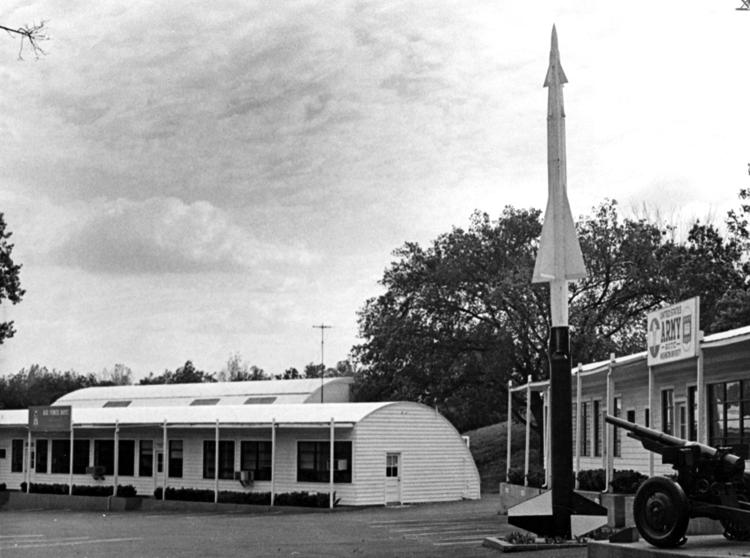
Interview Audio
Transcript
Analysis
For my project, I wanted to see if all cities in America were full of protest and unrest during the Vietnam War. I focused my studies into the Midwest, specifically St. Louis, Missouri. I also wanted to see what life was like in the Army Reserves and if it is any different to the current day Reserves.
I decided to interview John King, who lived in St. Louis, Missouri during the Vietnam War. Mr. King enrolled in college in 1964 and was granted a deferment for the war. When he graduated college from University of Missouri, Saint Louis with a Bachelors degree in Business in 1968, he enlisted in the US Army Reserves shortly before graduating. He served a 6 year contract from 1968-1974. During this time, he gained many experiences on what occurred in the reserves.
In my interview, I learnt about these so called “weekend warriors” avoiding being sent over to Vietnam. In the Reserves, soldiers were required to attend monthly meetings on the weekends and two weeks of annual training a year. If a member missed 4 meetings with unexcused absences, they would be activated and sent over to Vietnam. During this time, individual units of the reserves were not activated; compared to the reserve units being activated and deployed after 9/11.
I learned a lot about the monthly meetings and all the slacking off that happened during them. They were pretty much paid hang-outs. Since these meetings took place on the weekend, Mr. King’s unit would ask for permission to go to Church because they were Catholics. They were granted permission, but instead of going to church, the men would just go out to breakfast.
One of my favorite anecdotes was that wigs were approved to wear for the meetings. During this time, long hair was in fashion. Before wigs were approved for wear, hair gel was used to slick down their hair to military standards and hope that a higher enlisted person did not notice. Once wigs were approved, the men would just wear military standard wigs over their long hair, so they could grow it out however long they wanted.
I was surprised to find out that St. Louis was a peaceful city compared to nearby Chicago. The biggest protest that happened in St. Louis was the burning of the ROTC building at Washington University St. Louis on May 5th, 1970. Mr. King was trained for riot protection and those from the Active Army came in and trained them. In the interview, he says that they would have been the worst defending against riots, since the men including himself were immature young men. My interviewee also had tones of racism, implying that mainly only African Americans were the ones protesting the war in St. Louis. I was also surprised to find out that he voted for Nixon and supported the war, but did not want to go over there.
Further Readings
Currie, James T., “The Army Reserve and Vietnam”. (Carlisle: US Army War College, 1984). link
Office of Army Reserve History. “Vietnam”. (US Army Reserves, n.d.), link
Segal, David and Mady Wechsler Segal. “U.S. Military’s Reliance on the Reserves”. (Population Reference Bureau: March 1, 2005). link
Post-Dispatch Archives. “The night protesters torched the Washington University ROTC building”. (St. Louis: St. Louis Post Dispatch, May 4, 2018). link
Walsh, Steve. “International Guard: How the Vietnam War Changed Guard Service”. (Chicago: NPR, April 25, 2015). link